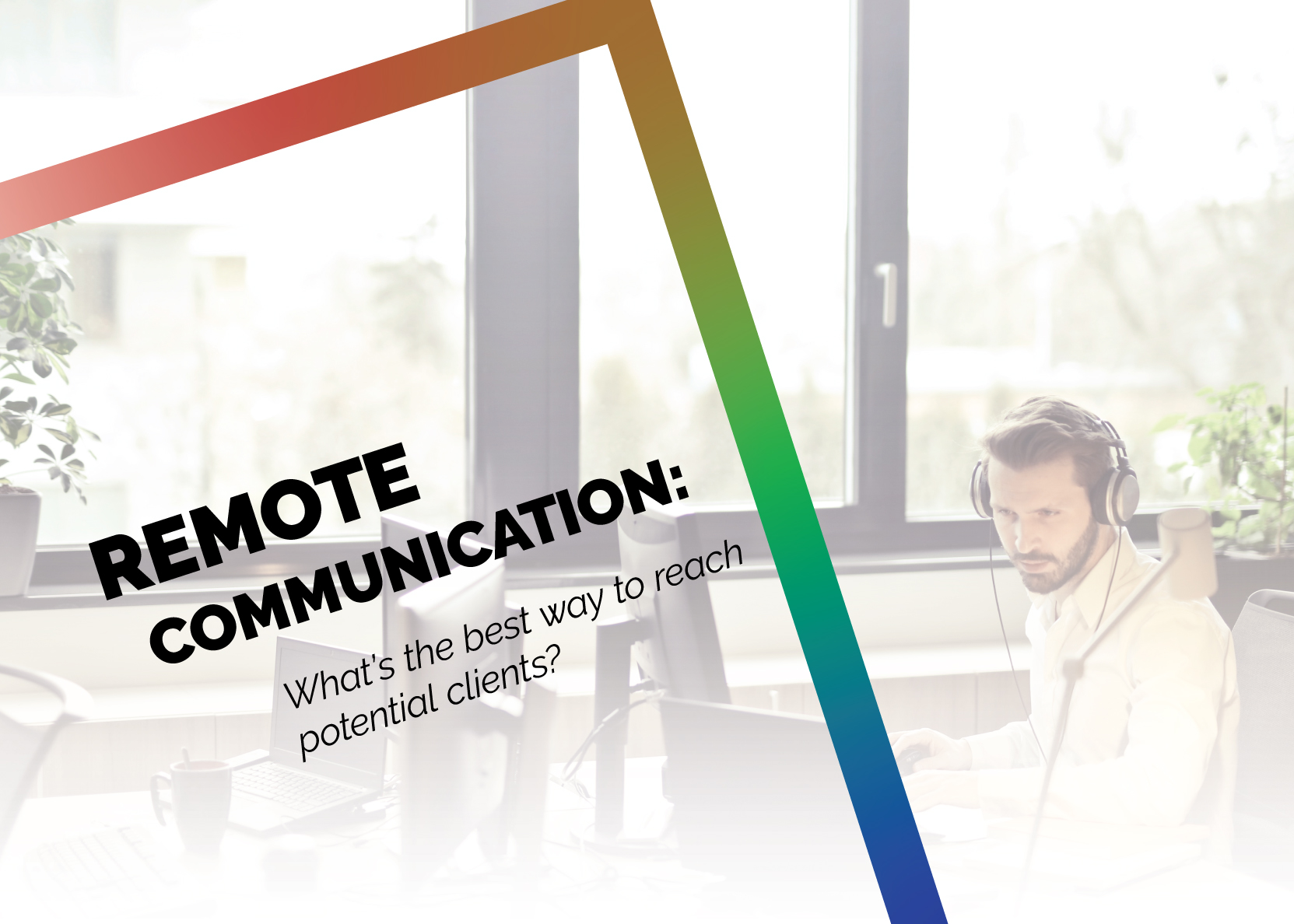9 min read
Sustainable Printing: The Impact of ENERGY STAR Imaging Equipment
Sustainability has become a top priority for businesses looking to minimize their environmental impact while maximizing efficiency. Yet, as...
4 min read
 Jason Holmes
:
May 7, 2020 3:35:31 PM
Jason Holmes
:
May 7, 2020 3:35:31 PM

When we think of virtual calls and meetings, we tend to think of Zoom. Some of us even find ourselves saying it when we’re not even using Zoom itself — just like how we tend to say Google in place of search.
And while Zoom is undoubtably a powerful platform, with an easy-to-understand user interface, and plenty of functionality, there are too many security risks associated with it to keep track of.
Just to name a few, these risks include lack of end-to-end encryption, vulnerable cloud storage, Zoom gaining access to computer permissions without user knowledge, and hackers being able to hijack meetings and secretly record users’ screens without their knowledge.
Luckily, there are other virtual meeting services available — Google Hangouts, GoToMeeting, Cisco WebEx, Skype for Business, and Microsoft Teams.
But which of these is best for your business?
That depends mainly on the size of your organization. First, let’s start with businesses that employ no more than ten people.
THE VERY SMALL BUSINESS
There is nothing better than free. And if your business has less than ten employees, Google Hangouts can be used as a standard collaboration service — with instant messaging and video calls capable of hosting up to ten individual callers, Google Hangouts can handle all of your communication needs without the need to spend a single dollar.
Compound this with the rest of the GSuite (which at lower levels is also completely free), and your organization will have the capability to fully collaborate on almost any business operation.
It is worth mentioning that while a Google Hangouts account is free, a business account through Google and GSuite is not. Since most businesses that use Gmail as their email client pay for a custom domain name and business-level inbox, and employees tend to (and should) use their business email to reach out to potential clients, it’s not often that your business will use the GSuite entirely for free.
While a business Google Account does cost a monthly fee, Google Hangouts is still completely free to use — meaning all your business needs to budget for is the cost of your user accounts. Google Hangouts is also a great way to reach out to contacts outside of your organization, as many people have a Google Account — and as they are completely free, it is usually not a difficult process to create an account for the purpose of a Google Hangout call.
MEDIUM TO LARGE BUSINESSES
It’s no secret that most businesses operate in a Microsoft-heavy environment. Due to this, it is very likely that your business may already be running Microsoft365 (formerly Office365)— of which Microsoft Teams is included in all plans.
As Microsoft’s basic plan costs $5 per user per month, and gives you access to Exchange, OneDrive, Sharepoint, Teams, and 1TB of storage per user — and Microsoft365’s Standard plan (which costs $12.50 per user per month) gives additional access to Outlook, Word, Excel, PowerPoint, Publisher, and Access, it is a great all-in-one solution for businesses’ communicative and collaborative needs.
In addition to these paid plans, Microsoft Teams also offers a free option, but as most businesses already rely on the Microsoft365 suite, price isn’t usually an issue.
Just like Google Hangouts, Teams offers organizations a platform for instant messages, audio calls, and video calls. Unlike Google Hangouts, however, it boasts much more functionality — including file sharing, the ability to host up to 10,000 participants in a single meeting, and collaborate on Word docs, and Excel and Powerpoint files in real-time.
Microsoft teams also gives businesses the ability to call contacts outside of their organization — through teams you can call any phone number, and Skype and Skype for Business accounts can be used to access Teams as well. This makes it very easy to connect face-to-face with potential customers, as Skype is a free and popular service.
FOR WEBINARS
Many businesses are hosting webinars — but if Zoom is out of the picture, what is the best option?
While no virtual meeting service is as user-friendly as Zoom, Microsoft Teams comes in at a close (and much more secure) second. While only four callers can be displayed at once, Microsoft Teams is quick enough to cycle active speakers in place of active listeners, so your attendees can keep track of who is presenting.
It is worth mentioning that Teams for Mac doesn’t support direct-input audio, so if you plan on sharing video or audio during your webinar, you’ll want to use a PC.
All you need in order to host a webinar through Teams is the email addresses of your attendees — which you can send an email invitation to, which will include a link to that specific Teams meeting. Teams also offers an in-browser version, so attendees needn’t download any programs in order to watch your webinar.
OTHER METHODS OF REACHING OUT
While nothing can replace a real-time conversation, the person you would like to contact is often unavailable. It’s also impossible to have a conversation through Google Hangouts or Microsoft Teams if you can’t get a response from your contact. And with so many businesses reaching out to potential clients through email right now, how are you supposed to stand out from the crowd?
A good way of starting a conversation is by sending a short video. This might sound like a lot of work; planning, pre-recording, uploading, and then sending out a thirty-second video can’t be worth it, right?
Wrong. Video sees %1200 higher engagement than text-based communications. Not only will it help your email stand out from the many, it will help you to slim-down your message by making sure only the most valuable information is included.
You also create a more personalized connection with your audience, as they can see your mannerisms, and get to know you in a way impossible through written word. But how are you supposed to share these videos? YouTube?
The answer is Vidyard. Vidyard is, again, another free service that allows you to upload and share video through email, texts, or virtually any form of text-based communication. Your contacts don’t need a Vidyard account to view the video as well, meaning anyone with the corresponding hyperlink can view your content.
Try reaching out to new contacts with a short video — you’ll be surprised by the results.

9 min read
Sustainability has become a top priority for businesses looking to minimize their environmental impact while maximizing efficiency. Yet, as...

8 min read
If you've recently encountered difficulties with your copier's scan-to-email feature, don’t worry — Your copier isn't malfunctioning; it's likely...

5 min read
Worried about cyberattacks hitting your business? You're not alone. Cyberattacks pose a real danger for businesses of all sizes, and without a solid...